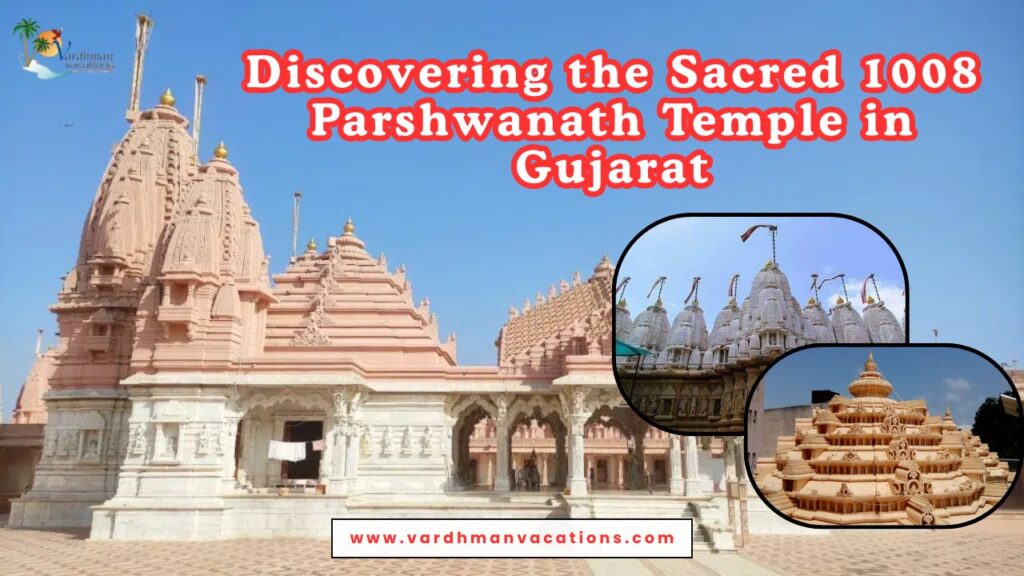A Comprehensive Exploration of the Maryada Purushottama
In Hinduism, few figures command as universal reverence as Lord Rama, the seventh avatar (incarnation) of Vishnu. Known as Maryada Purushottama (“the supreme man who upholds dharma”), Rama is not merely a historical or mythological hero; he is the living embodiment of righteousness, duty, devotion, and ideal human conduct. For millions of Hindus across centuries and continents, Rama is both God and the perfect role model.
This in-depth article explores the multifaceted significance of Rama in Hindu theology, philosophy, culture, literature, and contemporary practice.
1. Theological Significance: The Seventh Avatar of Vishnu
In Vaishnava theology, Rama is the seventh of the ten principal avatars (Dashavatara) of Lord Vishnu, who descends to earth whenever adharma (unrighteousness) threatens to overpower dharma.
- Purpose of the Avatar: Unlike Krishna (the eighth avatar) who displays divine play (lila) and miraculous powers, Rama consciously limits his divine nature to live as an ideal human being. The Valmiki Ramayana states that Rama “behaved like a man” (manuṣyaṁ deham āsthāya) to show humanity how to live righteously even under extreme hardship.
- Preserver of Cosmic Order: By defeating the ten-headed demon king Ravana, who had obtained near-invincibility through boons, Rama restores dharma and protects sages, gods, and the weak.
2. The Concept of Maryada Purushottama
Maryada = boundaries of righteousness
Purushottama = the supreme among men
Rama is worshipped not for superhuman feats but for perfect adherence to dharma in every role he played:
- As a son: Obeyed his father Dasharatha’s word even when it meant 14 years of exile.
- As a brother: Unmatched love for Lakshmana, Bharata, and Shatrughna.
- As a husband: The ideal one-woman man (ekam-patni-vrata); his anguish at Sita’s abduction and unwavering fidelity define perfect marital devotion.
- As a king: Established Rama Rajya, the golden age of perfect governance, justice, prosperity, and happiness.
- As a friend: His friendship with Sugriva, Vibhishana, and Hanuman exemplifies loyalty across social barriers.
Tulsidas in the Ramcharitmanas beautifully sums it up:
“Raghukul reeti sada chali aayi, praan jayi par vachan na jayi”
(The tradition of Raghu’s lineage is: life may go, but never the given word.)
3. Rama as the Embodiment of Dharma
Hinduism does not offer a rigid moral code like the Ten Commandments. Instead, it presents contextual dharma (svadharma) that varies by situation. Rama demonstrates how to navigate the most complex ethical dilemmas:
- Killing Vali from behind: Normally adharmic, but justified to protect a friend and uphold a promise.
- Banishing Sita to the forest: Heart-breaking, yet done to uphold the king’s duty to protect his subjects’ faith in the queen’s purity (a decision heavily debated even today).
These episodes teach that dharma is never black-and-white; it demands sacrifice and wisdom.
4. Literary & Cultural Impact
- Valmiki Ramayana (c. 5th–1st century BCE): The original Sanskrit epic (Adi Kavya), regarded as the first poetic work in human literature.
- Ramcharitmanas by Tulsidas (16th century): Written in Awadhi, this version democratised the Rama story, making it accessible to common people. It sparked the Bhakti movement in northern India.
- Regional Ramayanas: Kambar’s Kamba Ramayanam (Tamil), Kritibasa’s Krittivasi Ramayan (Bengali), Ezhuthachan’s Adhyatma Ramayanam (Malayalam), and hundreds more—each adding local flavor while preserving the core story.
Rama’s story became the cultural glue of the Indian subcontinent long before political unification.
5. Rama in Bhakti (Devotional) Tradition
While southern Vaishnavism (Sri Vaishnavism) reveres Rama alongside Lakshmi-Narayana, northern India developed intense personal devotion:
- Chanting “Rama Nama”: Tulsidas declared, “Rama Nama is greater than Rama himself.” Mahatma Gandhi’s last words were “Hey Ram.”
- Ramanandi Sect: One of the largest Vaishnava monastic orders, founded by Ramananda (14th–15th century), focuses exclusively on Rama worship.
- Ramlila: Annual dramatic enactments of the Ramayana, especially the 200-year-old Ramnagar Ramlila of Varanasi, attended by thousands.
6. Iconography & Worship
- Typical depiction: Dark or blue complexion, holding bow and arrow (Kodanda), standing with Sita, Lakshmana, and Hanuman at his feet.
- Major temples:
– Ayodhya (birthplace)
– Rameswaram (where Rama worshipped Shiva before crossing to Lanka)
– Bhadrachalam (Andhra/Telangana)
– Orissa’s numerous ancient Rama temples - Festivals:
– Rama Navami (birthday)
– Vivaha Panchami (marriage anniversary with Sita)
– Diwali (celebrated as Rama’s return to Ayodhya)
7. Rama Beyond India
The Ramayana travelled with Hindu-Buddhist culture:
- Thailand: Ramakien epic; kings titled “Rama”
- Indonesia: Wayang shadow puppet Ramayana; Prambanan temple reliefs
- Cambodia: Reamker; Angkor Wat bas-reliefs
- Laos, Malaysia, Philippines: Local versions persist even after Islamisation/Christianisation.
UNESCO recognises the Ramayana tradition as part of the intangible cultural heritage of Asia.
8. Contemporary Relevance & Debates
- Ethical role model: In a world of moral relativism, Rama’s uncompromising commitment to truth and duty continues to inspire.
- Gender discourse: Sita’s agnipariksha and later banishment are hotly debated by feminist scholars and traditionalists alike.
- Political symbolism: The phrase “Rama Rajya” is used by leaders from Gandhi to modern politicians to denote ideal governance.
- The Ayodhya movement: The 1992 demolition and 2024 consecration of the Ram Janmabhoomi temple remain among the most significant socio-political events in independent India.
9. Why Rama Endures
Unlike Krishna, who is worshipped as the playful, transcendent God, Rama is worshipped as the ideal human. This makes his appeal timeless:
- He suffers betrayal, exile, separation, and public scrutiny—yet never deviates from dharma.
- He is approachable: a god who cried for his wife, who got angry, who felt despair—yet conquered all inner and outer demons.
As the Ramcharitmanas says:
“Rama is the supreme Brahman, yet he became human to teach humanity how to be divine.”
For billions across centuries, uttering “Jai Shri Ram” or simply “Ram” is not just a greeting—it is an affirmation of faith that goodness, truth, and righteousness will ultimately triumph.
|| Jai Shri Ram ||
|| Jai Jai Hanuman ||







